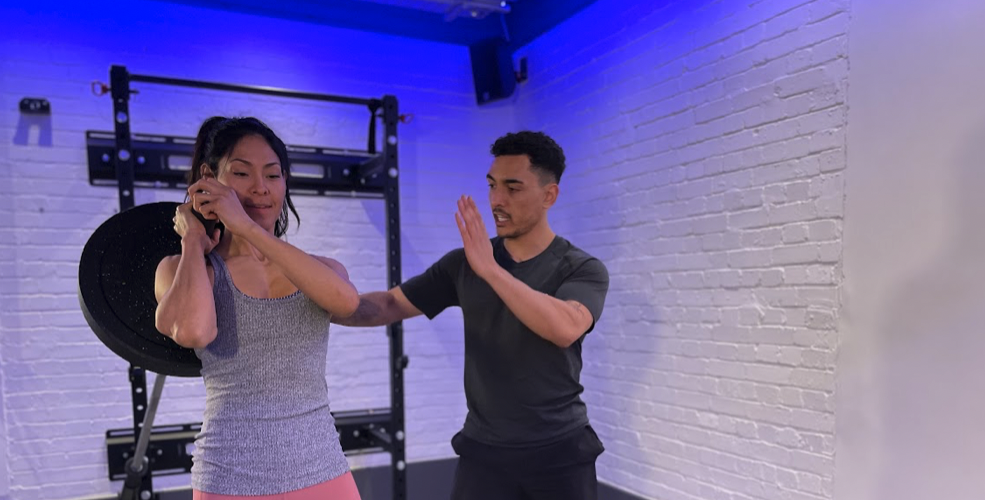So you want to get stronger working with a Personal Trainer?
It’s a fantastic goal to have. One that is an umbrella to many other training benefits!
When we focus solely on a specific aspect of training, for example fat loss, it can be very easy to get caught up in the specifics and lose sight of the principles which deliver results ten fold.
Getting stronger/ strength training by default involves increasing muscle tissue, strengthening of joints and connective tissue, better tolerating carbohydrates and improving the condition and robustness of your body.
For one direction of focus, I’d say that’s a pretty good return!
In this article I will explain exactly who should be considering getting stronger, how PT can help you achieve this result and exactly what you should be doing with programme design and exercise selection to ensure your efforts are not wasted.
Who should be considering how to get stronger?
Most new PT clients have the desire to improve the way they look & feel. Yes there may be other areas they have chosen to focus on, like working around an injury, or returning to running pain free, but 9 times out of 10 they slip in a little comment about ‘looking & feeling better’.
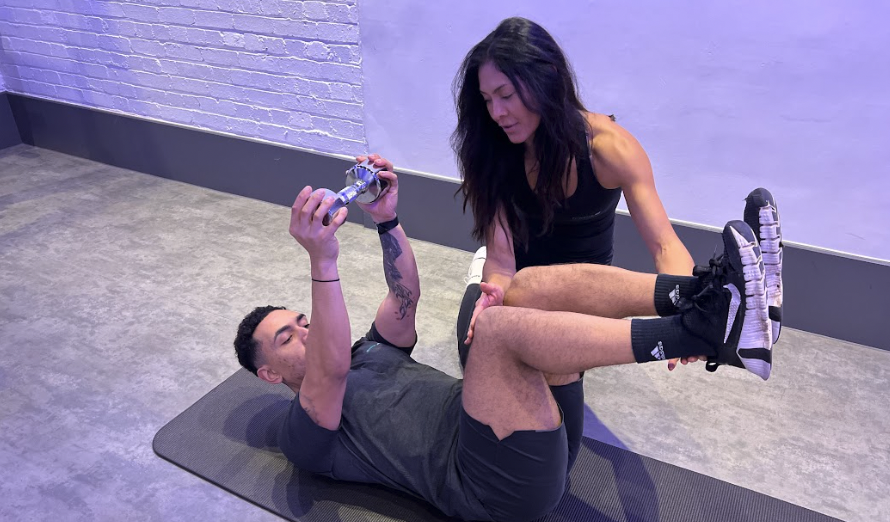
As a trainer, it’s my responsibility to provide them with the best vessel to reach that goal post. To do this, it’s important to choose the method which will provide the best return across the board.
If you have niggling knee pain that’s stopping you running, you may have spent time ‘off the road’ in an attempt to let the niggle rest and hope it will miraculously improve.
In some cases, the rest may be warranted, but in my experience, exercise is the best medicine. And strength training, specifically getting stronger is going to help return you back to running fit.
For accelerated fat loss, the go to intervention is often ‘cardio and calorie reduction’. This is a very one directional approach, and although I can’t deny this will yield results up to a certain point, other than the body composition changes what other benefits do you have to show for your efforts?
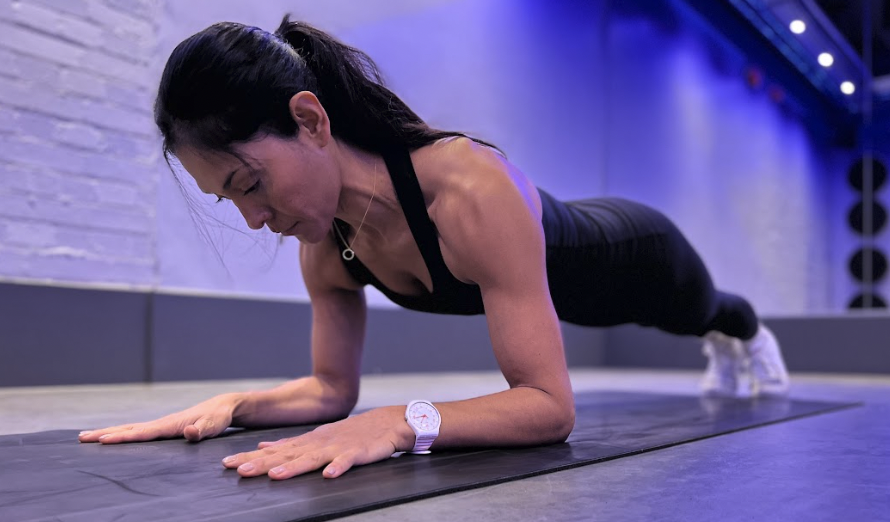
If however, we take the approach of getting stronger, not only will you have achieved your body composition goal, but you’ll also have increased strength and as a result functionality of your body, but you probably would have built muscle tissue, strengthened your bones and improved performance in the gym as well.
I know which route I’d rather take!
How can personal training help you get strong?
You may be thinking, thanks for the info, I’m ready to hit the weights and get stronger myself, but hold up a second. Strength training, although simple in practice, needs a bit more thought and long term planning to really reveal its potential.
Often clients will come in for PT sessions and explain how they are ‘experienced lifters’ and have already reached their ’strength potential’. What is usually the case, is more that they have exhausted the knowledge they have, and have plateaued because of it.
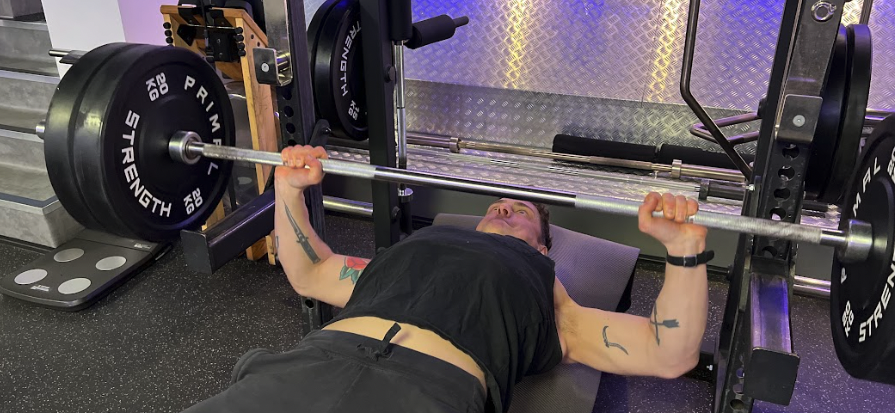
The benefit to having an experienced coach by your side, means that you can continue progressing and working around obstacles so your training remains consistent and results keep on showing.
A personal trainer is going to be more experienced in exercise selection, meaning that they can provide alternatives to ‘x’ if it is causing you problems, allowing you to keep progressing where as alone you may have just stopped.
They can programme specifically around periods of your life which may be more stressful meaning you aren’t able to train as hard. Rather than what we usually see, people will run themselves into the ground trying to ‘stay on plan’ when in fact they need to take their foot off the gas to keep progressing.
The most important thing I find with training clients for strength increases, something that they simply cannot do when they train alone, is having the coach there to tell them when they need to push harder.
Please don’t mistake this for me saying ‘I push my clients too hard’, instead what I mean is, strength training is meant to be hard. You will need to push through perceived barriers at some point, and to do this safely it helps to have an experienced professional on board to guide your efforts.
Exercises for building strength
So you’ve been doing your bicep curls and ab crunches, but aren’t seeing a huge difference in training progress or strength improvements.
Although both are fantastic exercises for certain goals, there are exercises/ movements which are better suited for individuals who have strength goals.
We tend to call these, functional movements (or compound movements). They are often multi joint movements, targeting large muscles and require a greater amount of effort in comparison to smaller isolation movements.
They can be broken down into the categories of; Squat, Hinge, Push, Pull & Carry.
What does a strength building program look like?
A typical ‘Strength session’ could look something like this..
- A1. Barbell Box squat
- A2. Banded Chin up
- B1. 45 Degree hyper extension
- B2. Incline Dumbbell chest press
- C1. Dumbbell Reverse lunge
- C2. Upper Back pulldown
- D1. Dumbbell Deadbug
- D2. Farmers Carry
- D3. Cable Bicep Curl
Although pretty simple to look at, this structure covers all the key pillars of a strength workout, allowing the trainee room to progress on key movements and get really strong!
To progress this to a more intermediate/ advanced level, although not necessary as this provides enough structure for even the most experienced lifter to progress, we could adjust TEMPO (lifting speeds), increase loads, or add some more advanced exercise variations.
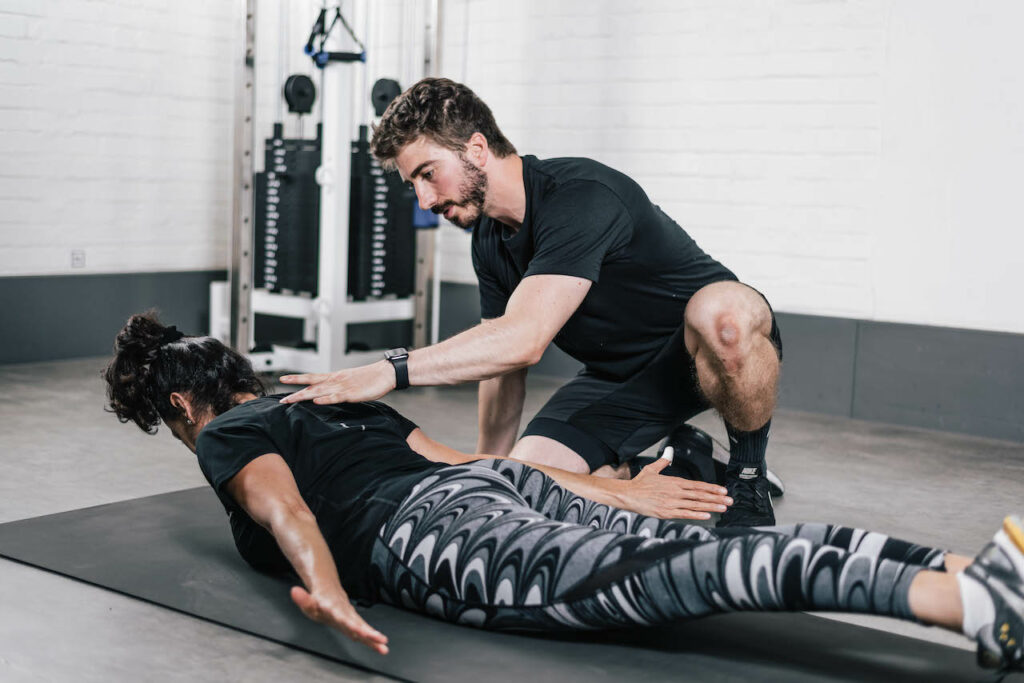
However, it’s important to note, more ‘fancy’ does not equal more effective when it comes to strength training.
If you really want to maximise your potential to progress, lifestyle factors should be of equal importance as the workout itself.
Sleep, nutrition & stress management are often the missed pillars to progress. It’s not enough to simply work hard 3 hours per week in the gym, but not help your body to recover for the remainder of the time.
If you are new to this process, view each lifestyle pillar on a sliding scale. Rather than going from 5 hours sleep a night up to 9, perhaps you aim for 6/7.
Rather than going from junk food to eating extremely healthy every single meal, perhaps you focus on well balanced nutrition 70% of the time.
Strength training & training to get stronger is not a sprint effort, it’s a long term commitment that builds layers of progress gradually, you can’t do it all at once.
Keen to hear more about training with a personal trainer? You’re welcome to get in touch!
